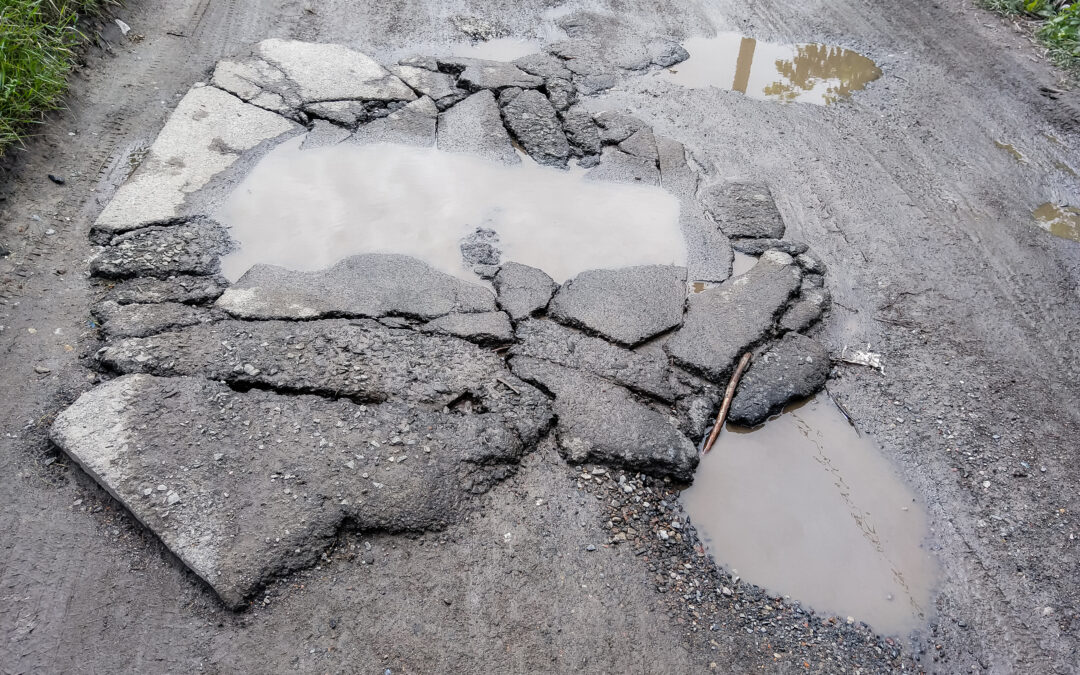This article originally appeared in MLive. Read more and view data tables here.
Seven out of every 10 Menominee County roads assessed in 2023 were found to be in poor condition.
Of the 212 segments of western Upper Peninsula roadway evaluated by the Transportation Asset Management Council, 70% were in poor condition, 23% were deemed “fair” and 8% were “good.”
In total, four U.P. counties made the top 10 list of counties with the highest rate of poor roads, as determined using the Pavement Surface Evaluation and Rating (PASER) system. Joining Menominee were Schoolcraft (No.3), Delta (No. 6), and Dickinson (No. 8).
Also making the list were Otsego (No. 2), Iosco (No. 7) and Crawford (No. 9) to the north, Macomb (No. 4) and Lapeer (No. 5) to the east, and Cass County (No. 10) to the southwest.
Each of the top 10 counties had at least 53% of its assessed roads in poor condition. None of them had more than 28% in good condition, and most were below 20%.
While the data in this story is broken down by county, there are a number of jurisdictions responsible for maintaining the roads that fall within county boundaries (i.e. county road agencies, the Michigan Department of Transportation, etc.)
Northern Michigan also had its share of appearances on the lower end of the rankings, accounting for some of the lowest rates of “poor” roads. That included No. 80 Mackinac, No. 77 Benzie, No. 75 Luce, No. 74 Manistee, No. 73. Leelanau, and No. 72 Grand Traverse.
No community had fewer “poor” roads than Gratiot County (7%), located between Lansing and Mount Pleasant. Among its 287 segments of assessed roadway, 55% were deemed “good” and 38% “fair.”
Michigan’s 67% of primary roads in good or fair condition matches last year’s rate, but continues to fall below the state goal of 90%.
It has been 15 years since the state hit that mark.
Consultants have estimated Michigan is underfunding its road system by $3.9 billion annually and will likely see further decline without a change in revenue streams. Some of their proposed options to increase revenue include increasing the gas tax, increasing sales tax on gas, assessing a per-mile fee for vehicles, and installing tolls.
The state is considering a $5 million allocation to pilot a road usage fee system that would eventually replace the gas tax. A trial run would be voluntary for participants and would have to be completed before the end of 2026, as proposed.

